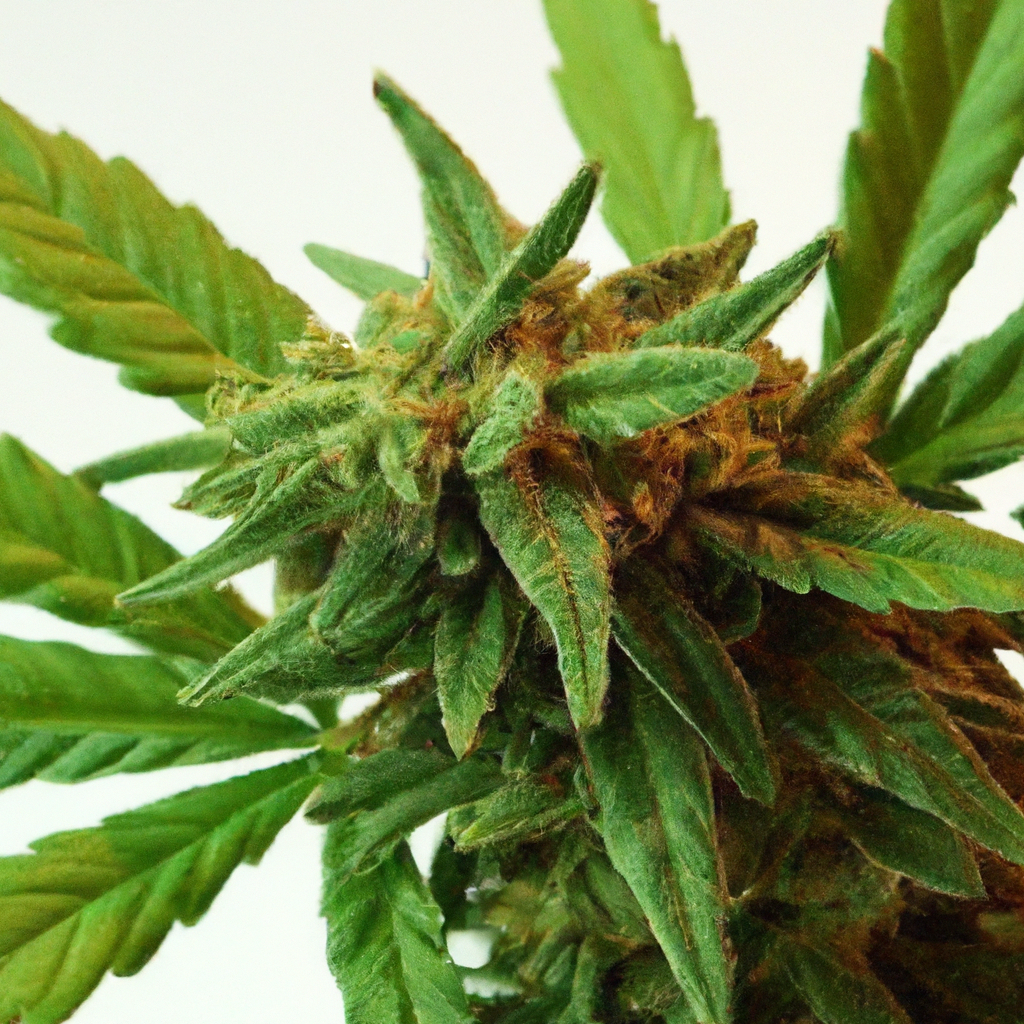Your cart is currently empty!
Understanding the concept of bioavailability is crucial for making the most out of cannabis consumption. It determines how much of what you consume is actually used by your body. In this article, we will delve into the science of cannabis bioavailability, exploring what affects it, how it varies across different consumption methods, and how you can optimize it for better results.
What is Bioavailability?
Bioavailability refers to the percentage of a substance that enters the bloodstream when introduced into the body, and thus is available for use or storage. In the context of cannabis, it helps determine how effectively cannabinoids like THC and CBD are absorbed. Many factors can influence bioavailability, including the method of consumption, personal metabolism, and the specific properties of the cannabis product.
Differing Bioavailability Among Consumption Methods
- Smoking & Vaping: These methods offer relatively high bioavailability, typically ranging from 10% to 35%. This is due to the rapid absorption of cannabinoids through the alveoli in the lungs, allowing them to enter the bloodstream quickly.
- Edibles: Generally have lower bioavailability (around 4% to 20%) because cannabinoids must pass through the digestive system and the liver, where substantial processing occurs before they reach the bloodstream.
- Tinctures: When administered sublingually, tinctures offer a moderate bioavailability, often higher than edibles, as the cannabinoids absorb directly into the blood through tissues under the tongue.
- Topicals: Primarily used for localized relief, topicals generally have low systemic bioavailability because they don’t enter the bloodstream, primarily interacting with cannabinoid receptors in the skin.
Factors Affecting Bioavailability
- Product Formulation: Cannabis products are often formulated with carriers and emulsifiers designed to improve bioavailability. Look for products that use advanced techniques like nanoemulsification.
- Body Metabolism: Individual differences in metabolism can dramatically alter how effectively cannabinoids are absorbed and used. Personalized approaches may be necessary for optimal effects.
- Food Interactions: Consuming edibles with high-fat meals can enhance absorption for certain cannabinoids, as they are fat-soluble.
Enhancing Cannabis Bioavailability
To maximize the effects of cannabis, consider these strategies to enhance bioavailability:
- Select consumption methods with higher bioavailability, like vaping or tinctures.
- Take edibles with meals containing healthy fats to improve absorption.
- Experiment with different products and formulations to find what works best for your body.
Conclusion
Understanding and optimizing the bioavailability of cannabis can significantly impact its effectiveness. Whether you are using cannabis for medicinal or recreational purposes, knowing how different factors influence absorption can help you tailor your approach for the best possible outcomes. Aim to make informed choices that align with your goals and personal physiology.
Tags: CannabisScience, CannabisConsumptionMethods, HealthBenefits, ScientificResearch


Leave a Reply